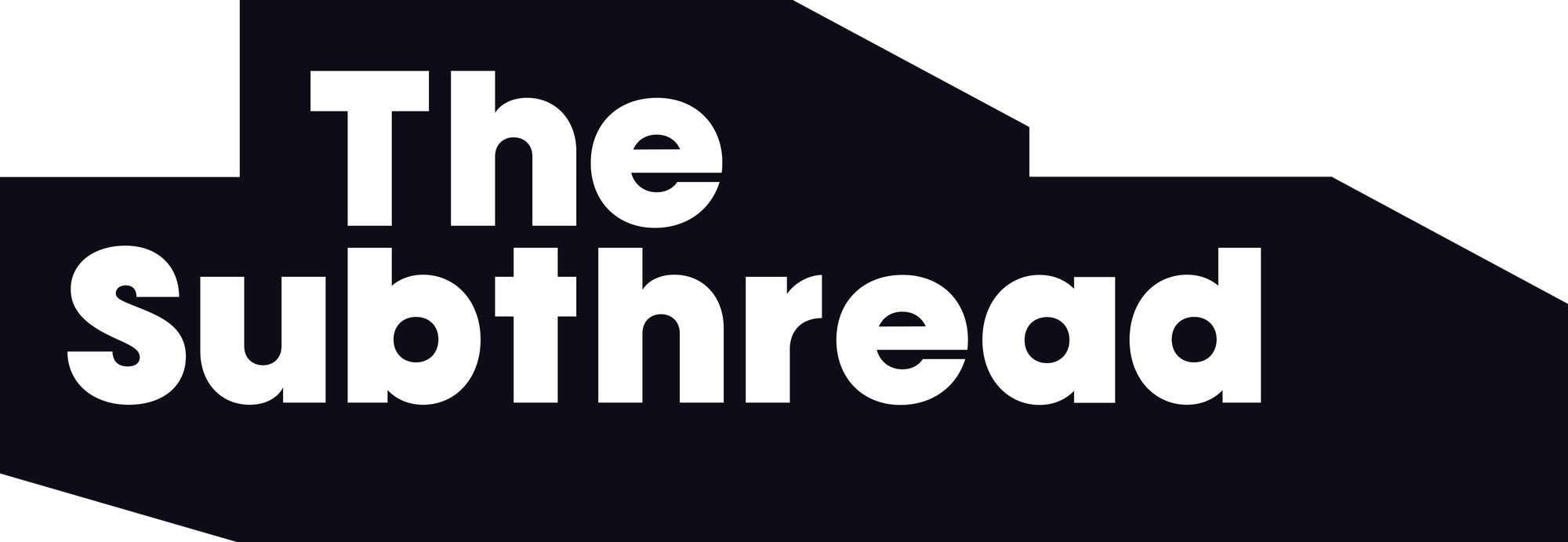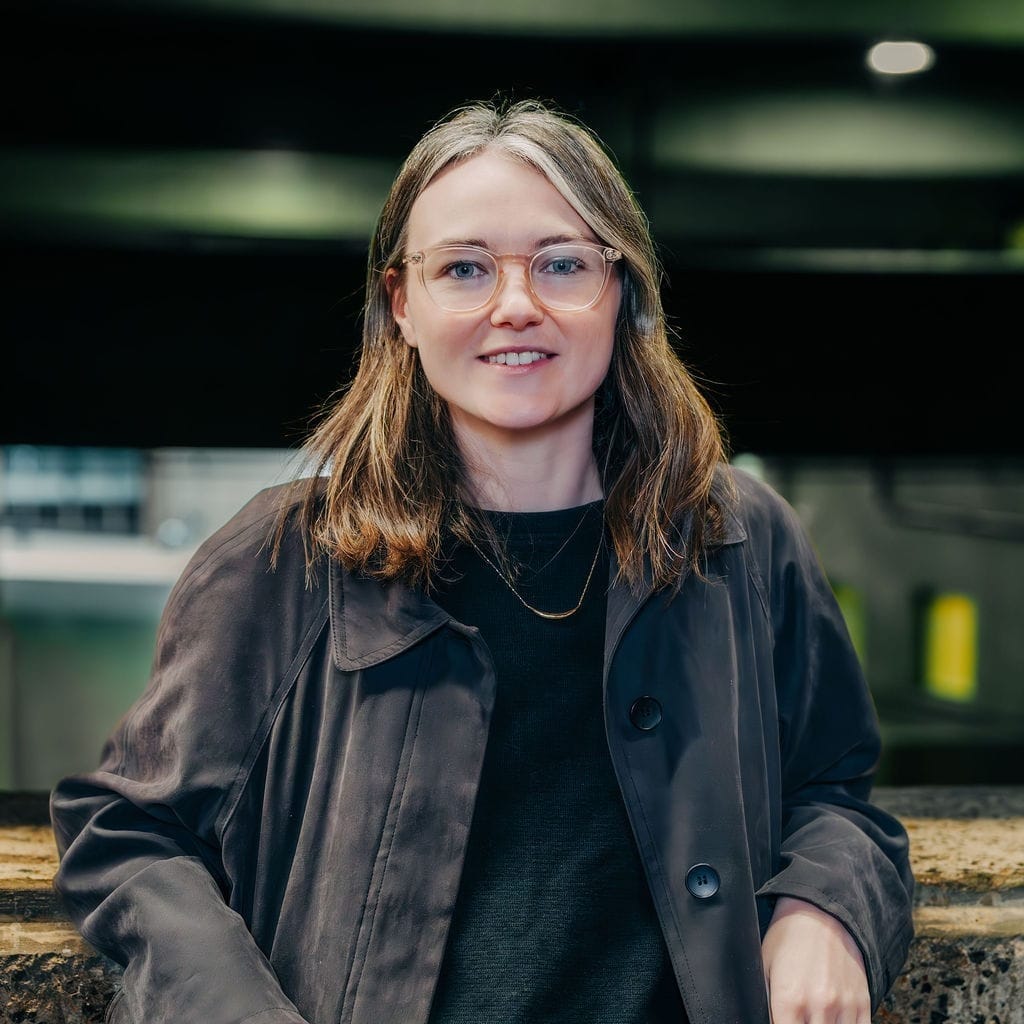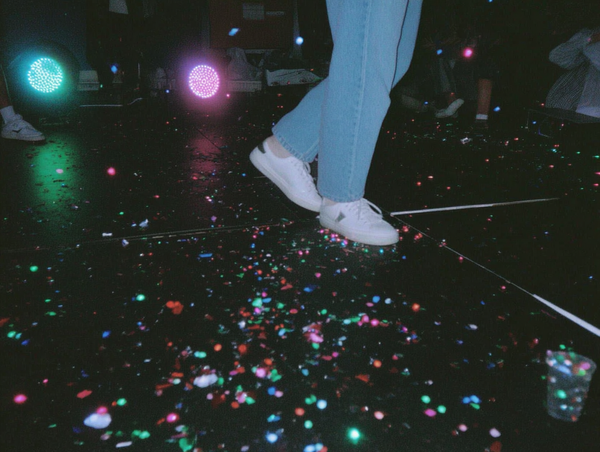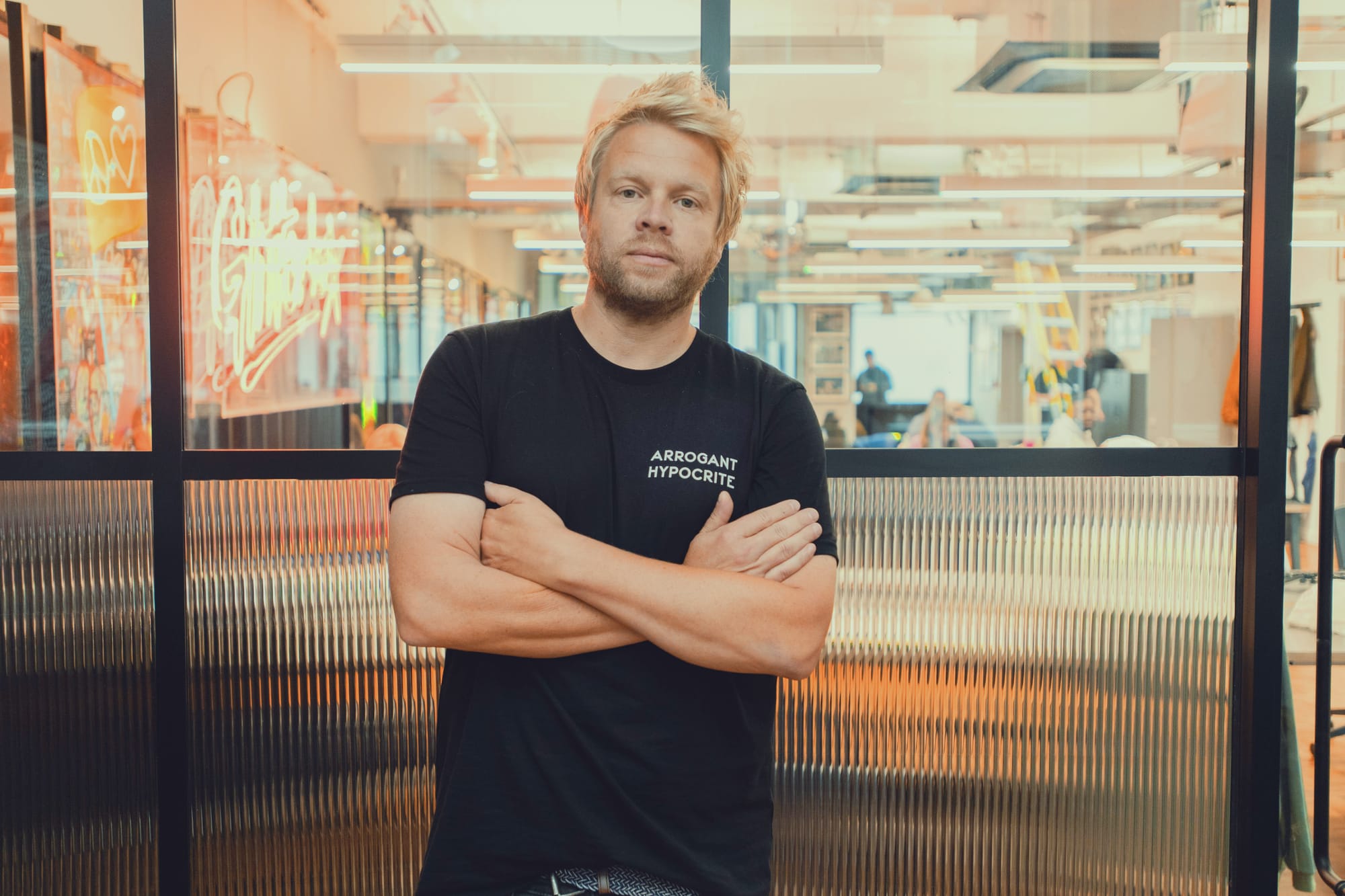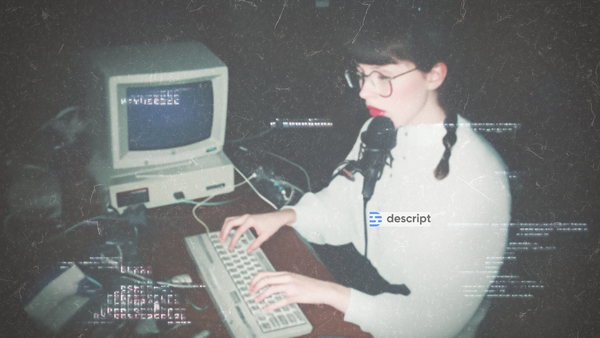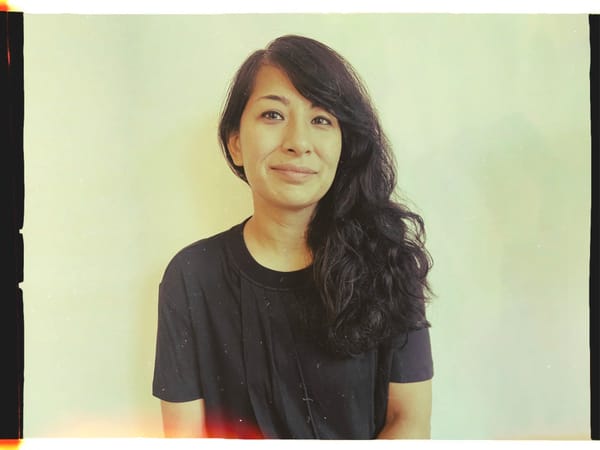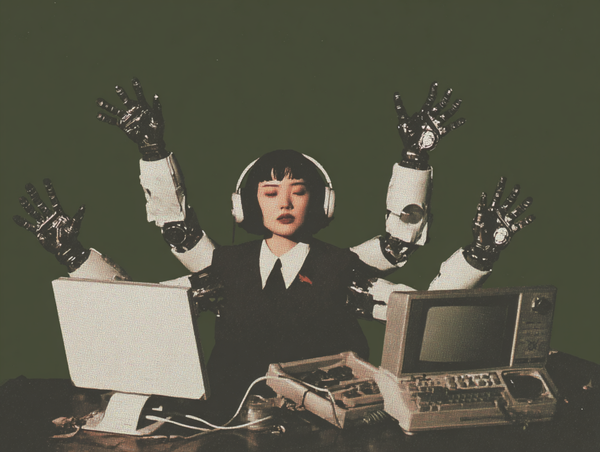I grew up obsessed with the children’s TV show Knightmare which ran in the late ’80s and early ’90s on CITV. The premise was simple: one kid in a giant horned helmet, stumbles through a virtual dungeon while their friends’ shout directions from a control room, all guided by the Dungeon Master. Looking back, the graphics feel nostalgically dated, but at the time it felt radical, like someone had opened a portal from the TV into another world. What made it work wasn’t the technology, it was the tension, the storytelling and the sense that a bunch of people were creating this bizarre adventure together in real time.
Scroll forward a few decades and we’re surrounded by a different kind of virtual world. Our feeds are packed with AI-generated images, strange ads, synthetic influencers and endless content produced at the push of a button. A lot of it gets dismissed as “AI slop” – technically impressive in places, but hard to care about.
The tools have never been more powerful, yet so much of what they produce feels soulless and empty. Which raises a more interesting question than “is AI killing creativity?”: how can better stories, and smarter storytellers, turn this machine-made chaos into cultural moments that actually matter?
